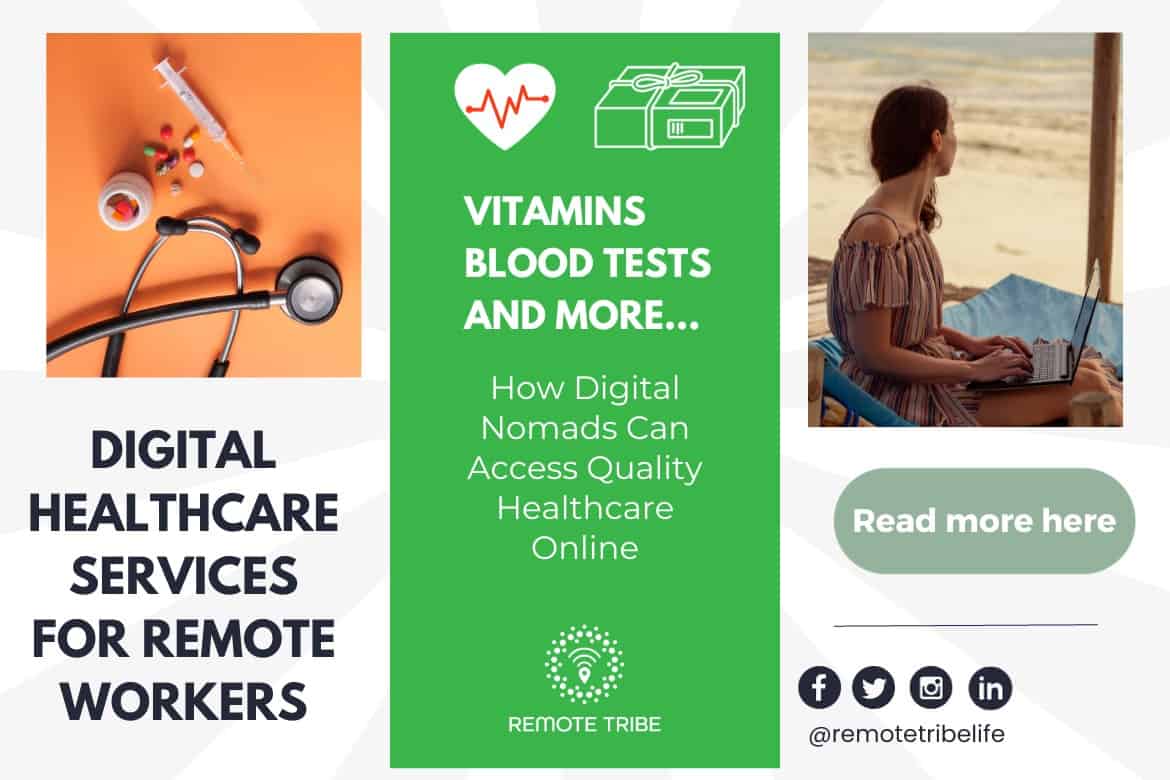Discovering the Growth of Subscription Based Healthcare in the Digital Age
Discovering the Growth of Subscription Based Healthcare in the Digital Age
Blog Article
Recognizing the Cost-Effectiveness of Subscription-Based Healthcare Versions
As the healthcare landscape evolves, subscription-based models become an engaging choice, guaranteeing to redefine exactly how individuals take care of clinical expenses. Evaluating these versions' cost-effectiveness necessitates a nuanced comparison with standard insurance coverage, taking into consideration both monetary implications and patient satisfaction. While they provide transparency and predictability in costs, concerns continue to be concerning their ability to meet varied healthcare requirements, especially for specialized treatments. The viewpoints of doctor better complicate this equation, offering a complex obstacle. What does the future hold for these versions, and can they genuinely supply on their assurance of obtainable, cost effective care?
Introduction of Subscription-Based Designs
Subscription-based healthcare models, sometimes referred to as direct health care or concierge medicine, are increasingly obtaining focus as a possible solution to inadequacies within traditional health care systems. These models operate the concept of offering patients straight access to doctor via a yearly or regular monthly cost, bypassing the requirement for traditional insurance mechanisms. This setup intends to enhance patient-provider interactions by decreasing management problems, which usually prevent prompt and personalized treatment.
At the core of subscription-based designs is the emphasis on a much more customized client experience. Patients gain from boosted access to their doctors, usually consisting of next-day or same-day appointments, expanded consultation times, and straight communication networks such as phone or video clip calls. This design promotes an aggressive method to medical care, where providers and individuals can collaboratively concentrate on preventative care and chronic condition administration.

Cost Comparison With Traditional Insurance Policy

One of the main monetary advantages of membership designs is transparency in expenses. Clients pay a predictable fee, which can simplify budgeting and financial planning. Additionally, these models typically eliminate co-pays and deductibles for protected solutions, lowering out-of-pocket investing. Conversely, conventional insurance coverage might be more beneficial for people needing specialized care or expensive treatments not covered under a subscription version, as they profit from the wider protection network and cost-sharing mechanisms.
However, cost-effectiveness is context-dependent. While registration models could provide financial savings for those mainly requiring health care, individuals with chronic problems or specialized healthcare demands might discover typical insurance coverage extra extensive. Consequently, assessing details healthcare demands and possible usage is important in determining the most economical alternative for individuals.
Effect On Client Contentment
Client complete satisfaction within subscription-based healthcare models often mirrors a considerable enhancement over conventional insurance systems. Unlike use this link traditional systems, where people could experience delays in receiving treatment, subscription-based designs guarantee more prompt and straight interactions with medical care carriers.
Additionally, the transparency in prices related to subscription-based healthcare relieves the typical disappointments connected to unanticipated fees and intricate invoicing processes seen in standard insurance (subscription based healthcare). People appreciate recognizing the precise economic commitment upfront, bring about boosted trust and self-confidence in their healthcare administration
Furthermore, the emphasis on preventative care and wellness in membership models adds to enhanced health and wellness outcomes, better enhancing client satisfaction. By concentrating on ongoing health and wellness upkeep as opposed to episodic treatment, people experience a more alternative and continual medical care journey.
Additionally, the boosted provider-patient article relationship fostered in these designs, identified by even more time spent per client and individualized focus, plays an important role in boosting patient fulfillment degrees, as people feel genuinely cared for and comprehended.
Carrier Experiences and perspectives
From the company's perspective, subscription-based health care versions supply a transformative strategy to supplying clinical solutions. These versions stress a aggressive and preventative medical care approach, permitting providers to concentrate on comprehensive patient care without the constraints of traditional fee-for-service setups (subscription based healthcare). This change in emphasis commonly leads to enhanced client outcomes and increased provider satisfaction, as medical care specialists can designate more time and resources to patient involvement and individualized care plans
In addition, registration designs help with foreseeable profits streams, which improve financial security for health care companies. This predictability permits boosted resource planning and appropriation, adding to a more reliable health care delivery system. Carriers can invest in staff training, framework, and innovation enhancements, thereby improving the top quality of care supplied.
Nevertheless, the change to subscription-based versions is not without obstacles. Despite these hurdles, numerous suppliers discover that the benefits of enhanced person interaction and streamlined procedures exceed the initial difficulties, making subscription-based versions an attractive alternative.
Future Prospects and Obstacles
A main challenge is governing conformity, as subscription versions need to abide by evolving medical care policies and insurance needs. This necessitates continual adaptation and innovation to make certain positioning with lawful requirements. Additionally, incorporating these models right into existing healthcare frameworks can be complex, calling for considerable financial investments in innovation and training.
There is additionally the prospective threat of creating injustices in healthcare gain access to, as subscription designs could favor those that can afford them, leaving prone populaces underserved. Addressing this calls for thoughtful consideration of prices approaches and subsidy systems to ensure inclusivity.
Final Thought
Subscription-based medical care models provide a viable option to typical insurance by using financial predictability and transparency, especially profiting people with chronic conditions or regular medical care needs. The cost-effectiveness of these models is contingent upon specific medical care use patterns and circumstances. While they may improve individual satisfaction and improve budgeting, difficulties stay in resolving specialized treatment needs. Future considerations include balancing extensive protection with cost and incorporating these versions within the more comprehensive medical care system for optimal outcomes.
Subscription-based healthcare models, sometimes referred to as straight key treatment or concierge medicine, are increasingly obtaining focus as a prospective option to ineffectiveness within Learn More traditional healthcare systems. Unlike typical systems, where individuals may experience delays in obtaining treatment, subscription-based designs guarantee more timely and straight interactions with health care carriers.
These designs emphasize a proactive and preventative health care strategy, permitting suppliers to focus on comprehensive individual care without the restraints of standard fee-for-service arrangements. As these versions continue to obtain traction, they offer the prospective to revolutionize person access to care, simplify service distribution, and enhance medical care costs.Subscription-based medical care designs offer a practical choice to conventional insurance policy by providing economic predictability and transparency, specifically benefiting people with persistent conditions or regular medical care requirements.
Report this page